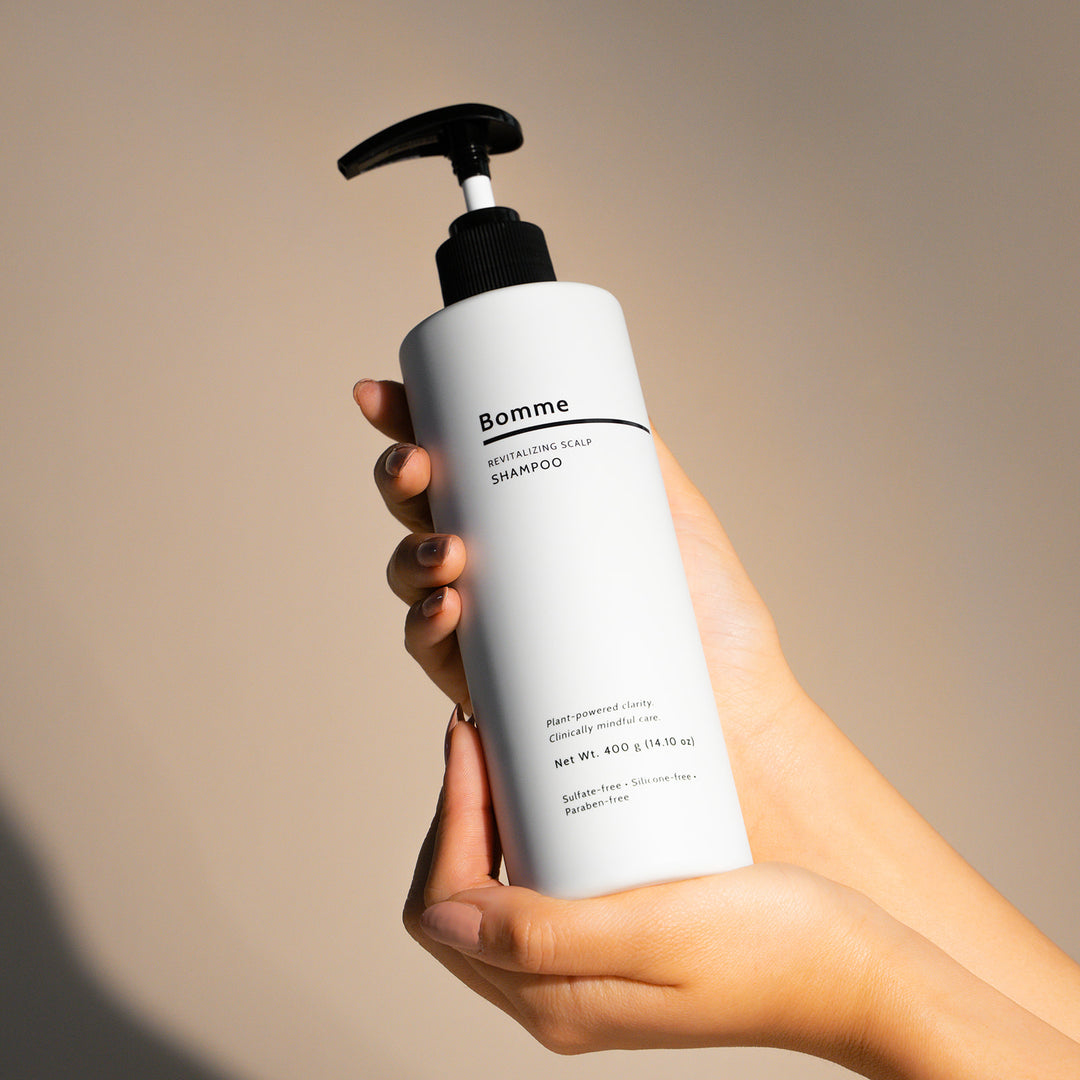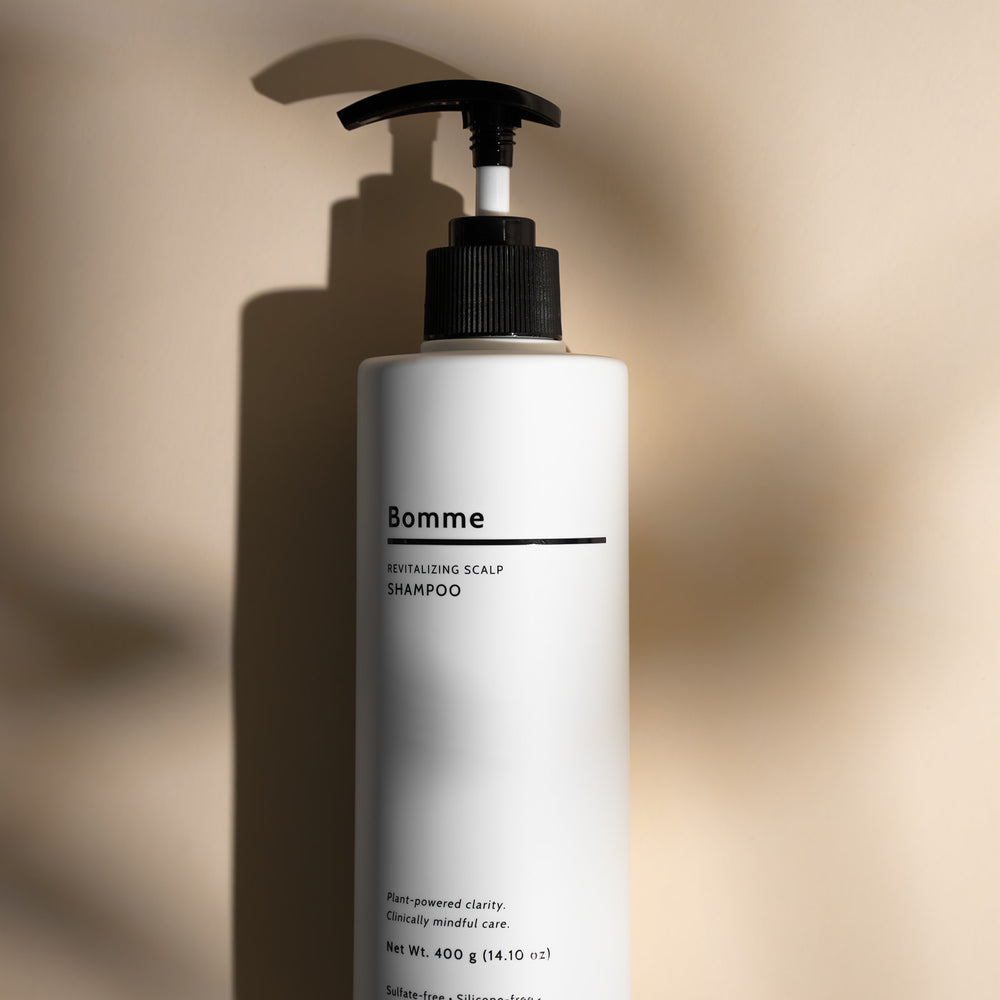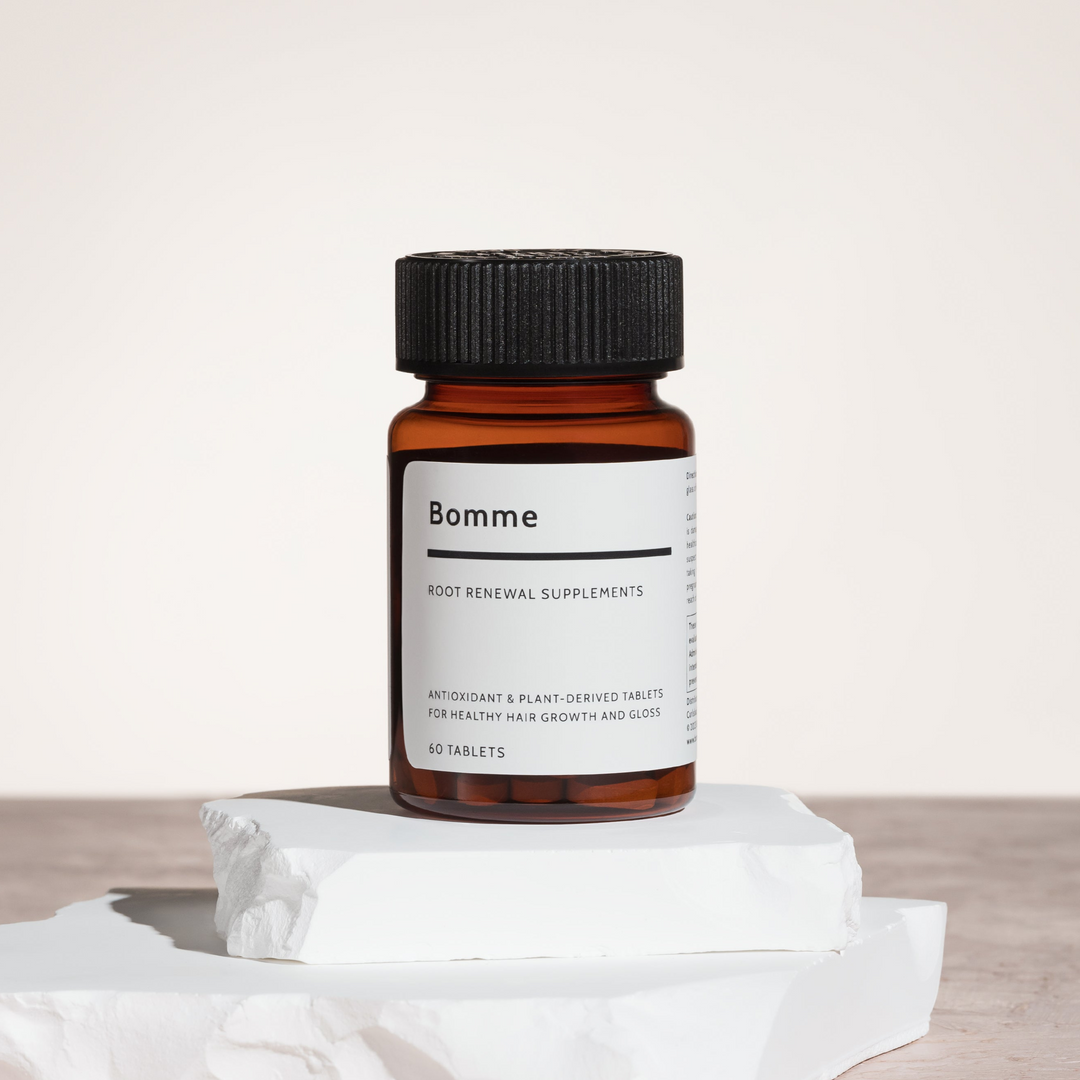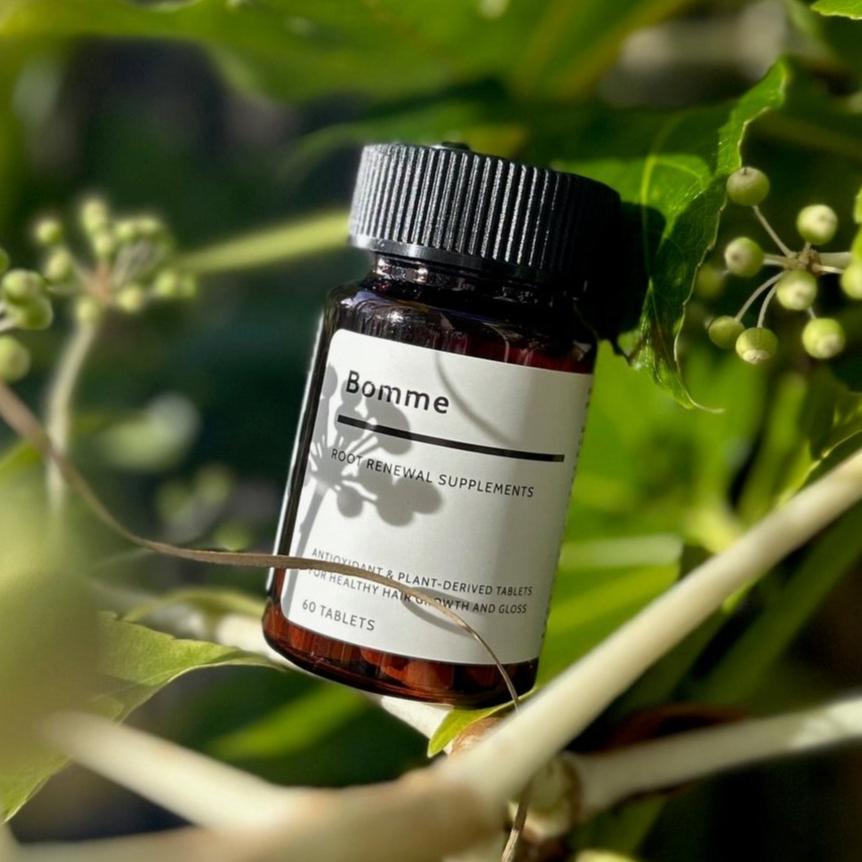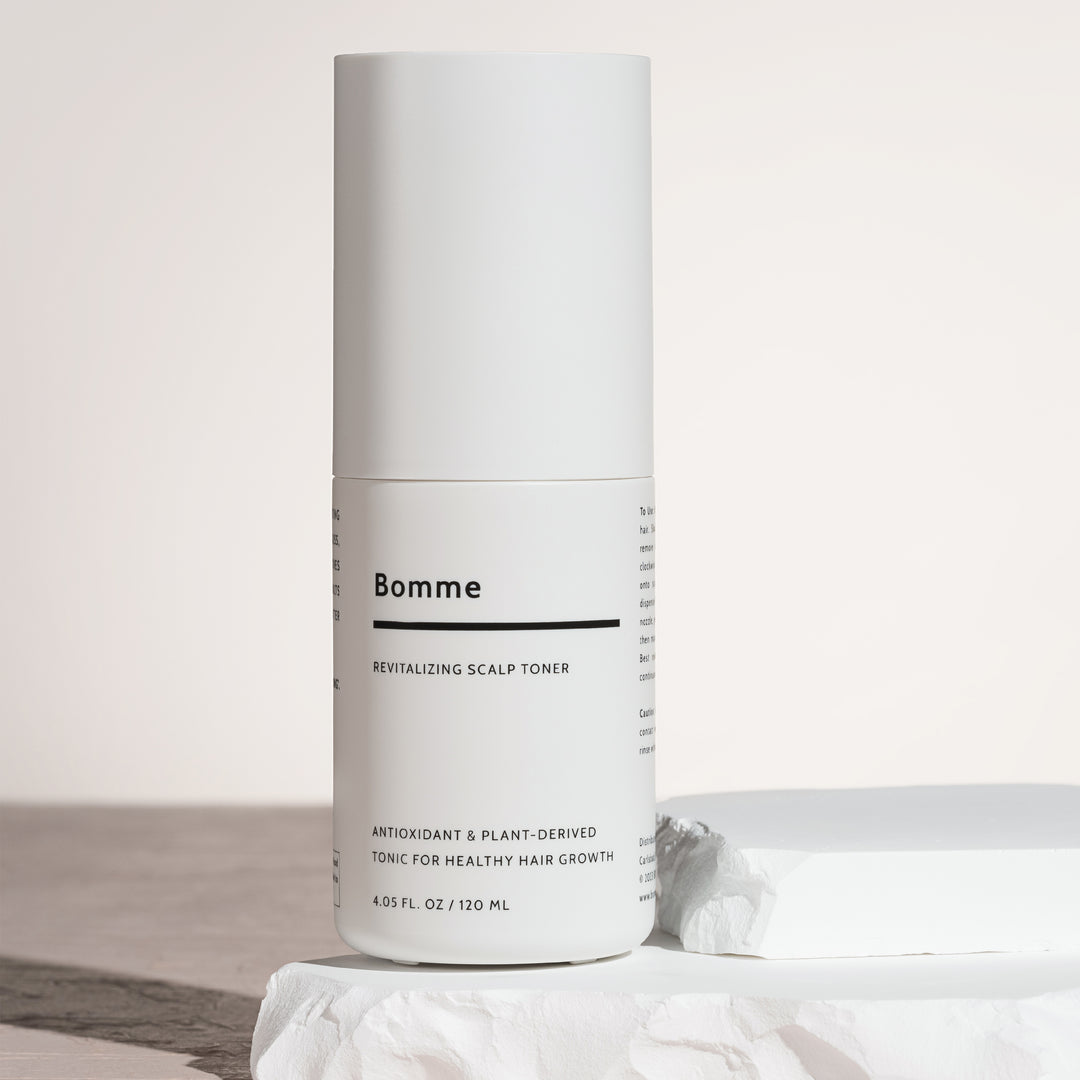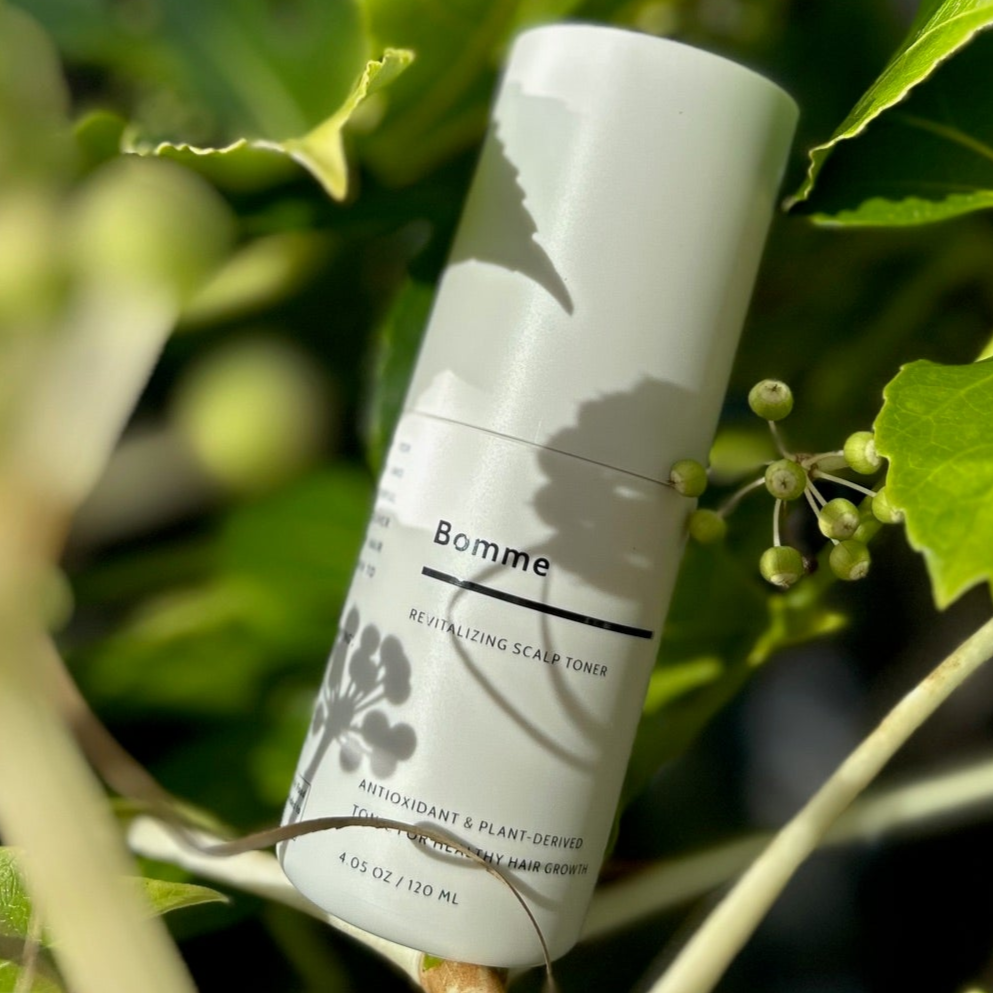Shampoo, condition, dry, brush, style, repeat. For most of us, these simple steps get the job done. While this routine is easy-to-follow, the impact of environmental stressors on your hair calls for a more mindful approach. Pollution, UV rays, and harsh weather conditions can affect the health and integrity of your hair, causing chronic dryness and breakage. Adding a bit of complexity to your routine to account for environmental stressors can help you maintain the strength and beauty of your hair. Here are some ways to protect your tresses from environmental stressors.
1. Shield Your Hair from the Elements
Sun
Extended exposure to the sun and UV rays can damage the hair cuticle, leading to dryness and color fading. Beyond avoiding direct sun exposure during peak hours, here are some other things you can try:
- Wear a hat: Whenever possible, cover your hair with a hat or a scarf to provide physical protection from the sun. Coverings act as critical barriers against the sun's harsh rays and limit contact with dust and other irritants in the environment.
- Apply hair and scalp sunscreen: If you’re not a fan of wearing hats, try a hair or scalp sunscreen. Though it may sound silly, there are many products on the market that offer sun protection and can be conveniently reapplied to your hair throughout the day.
Rain and Wind
Rain and wind can be surprisingly harsh on your hair, causing tangles, frizz, and even damage. Wind can be particularly damaging if your hair is left loose to blow around. The friction from the wind can cause your hair to tangle, leading to breakage when you try to detangle it later. Practice proactive hair care by preparing for wind and/or rain.
- Frizz Control: Rainwater often carries pollutants and impurities that, when absorbed by the hair, can cause it to become frizzy and dull. To prevent this, apply an anti-frizz serum or leave-in conditioner before heading out. Products containing silicone can create a protective barrier that locks in moisture and prevents frizz.
- Protective Hairstyles: On windy or rainy days, consider putting your hair into braids, buns, or twists. These hairstyles prevent hair from blowing around and getting tangled. They also reduce the surface area exposed to rain, helping to keep your hair more manageable.
- Post-Wind Care: Take a few minutes to gently detangle your hair using a wide-tooth comb, starting from the ends and working your way up to the roots. If your hair feels particularly dry or tangled, a dollop of leave-in conditioner or a spritz of detangling spray can help restore moisture.
- Quick Drying: If your hair does get wet, it’s essential to dry it as soon as possible. Gently pat your hair with a microfiber towel or a soft cotton T-shirt to remove excess water without causing frizz. Avoid aggressive rubbing, as wet hair is more prone to breakage.
2. Combat Pollution
Rinse and Repeat
Particles in the air can settle on your scalp and hair, causing irritation and buildup. Regular cleansing can keep your hair and scalp healthy.
- Anti-pollution products: Try to look for hair care products that contain anti-pollution ingredients, such as antioxidants. Antioxidants are known to help neutralize free radicals caused by pollution.
- Clarifying shampoos: Use a clarifying shampoo once a week to remove pollutants and product buildup.
- Rinse with cool water: Rinse your hair with cool water to close the cuticles and wash away pollutants.
3. Hydrate and Humidify
Moisture is Key
Dry air, whether from indoor heating or arid climates, can strip your hair of its natural moisture. Lack of moisture can decrease elasticity, leading to brittleness and breakage. Ensure the strength of your hair by trying some of the following:
- Deep conditioners: Incorporate a deep conditioner into your weekly routine. Deep conditioners penetrate the hair shaft to provide intense hydration and repair damage.
- Humidifiers: Using a humidifier in your home can add moisture to the air, which benefits both your skin and your hair.
4. Protect Against Temperature Extremes
Be Mindful
Both extreme cold and heat can be damaging to your hair.
- Leave-in conditioners: After washing your hair in the shower, gently squeeze out the excess water and apply a leave-in conditioner. Leave-in conditioners provide a protective layer against harsh weather. They help detangle your hair and also keep it from drying out after environmental exposure.
- Heat styling: Limit the use of hot tools and always apply a heat protectant spray.
- Cold protection: In cold weather, protect your hair by wearing a hat or scarf. Be mindful of materials that can cause friction and lead to breakage, such as wool. Consider wearing a silk or satin scarf under your hat to act as a smooth barrier.
5. Fight Frizz
High humidity levels can cause frizz and make your hair unmanageable, particularly for those with curly or wavy hair types.
- Anti-frizz products: Use serums, oils, and other products designed to combat frizz. Such products help to smooth the hair cuticle and provide a barrier against moisture.
- Microfiber towels: After washing, dry your hair with a microfiber towel to reduce frizz and breakage. Microfiber towels are gentler on the hair and absorb water more efficiently than regular cotton towels.
- Air drying: If possible, let your hair air dry instead of using a blow dryer. The less you manipulate your hair while it's wet, the less likely it is to become frizzy.
6. Nourish from Within
Diet and Supplements
What you eat can have a significant impact on your hair. Start your hair care routine with a balanced meal.
- Balanced diet: Ensure your diet is rich in vitamins and minerals, particularly vitamins A, C, D, E, zinc, iron, and omega-3 fatty acids. These nutrients work together to create the optimal environment for hair growth and preserve the integrity of your hair.
- Supplements: Consider taking a hair supplement formulated with nutrients that promote hair health. Bomme’s Root Renewal Supplements, for example, is a nutrient-dense supplement that draws on the antioxidant and anti-inflammatory properties of green tea, persimmon leaf, and sophora fruit extracts to create the perfect scalp conditions for hair growth.
Closing Thoughts
By incorporating these tips into your hair care routine, you can protect your hair from the myriad of environmental stressors it faces daily, ensuring it remains vibrant and strong. Addressing the external factors that surround you will help you maintain the beauty and integrity of your hair, no matter the conditions.
FAQs
Why should I care about environmental stressors?
Environmental stressors such as sun exposure, pollution, and harsh weather conditions can take a toll on your hair, leading to dryness, breakage, and color fading.
How often should I wash my hair to limit the damage from environmental stressors?
Generally, washing 2-3 times a week is sufficient. Over-washing can strip natural oils, while under-washing can lead to buildup. The ideal frequency really depends on your hair type and your environment.
Should I change my hair products seasonally?
Yes, adjusting the products you use seasonally can help address changing environmental factors. In the winter, focus on hydration and protection from cold, dry air. In the summer, prioritize UV protection and lightweight hydration.
What can I do about environmental stressors in my home?
A water filter can be beneficial, especially if your tap water is hard or contains chlorine. Filters can help reduce the harshness of water, leading to softer, more manageable hair. Hair steamers can be a great addition to your hair care routine, especially if you’re dealing with dryness, frizz, or lackluster hair.








